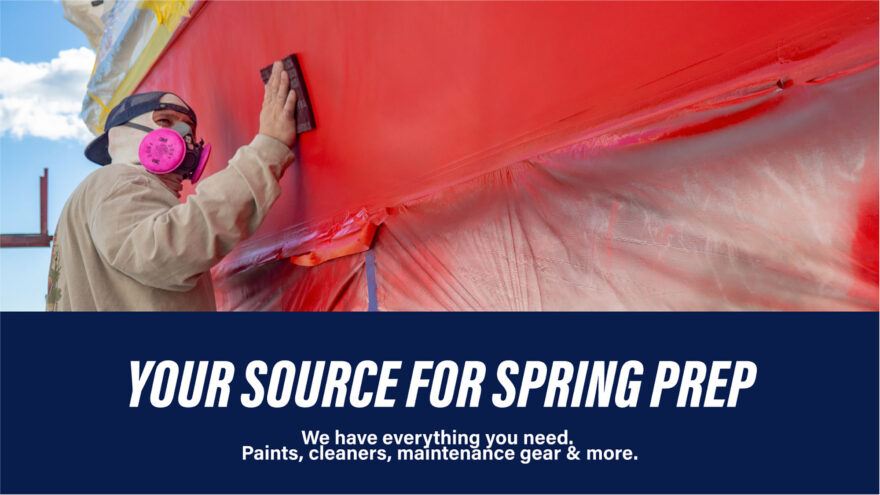
Image courtesy of West Marine
As exciting as it is when the weather warms up to simply lower your boat off the lift or slide it off the trailer to enjoy life on the water, realistically, we all know that’s not how it works. Spring is when you need to take the time to prepare your boat for a full season of activity — it’s a key point to optimal safety and performance and extending the life of the craft.
Depending on the conditions your boat was stored in, there are various aspects of spring boat prep that may take priority. For example, an extremely cold winter can negatively impact mechanical and electrical components on a boat. For others, being close to the ocean means that continuous residual salt can corrode, stain, and degrade materials over time.
You’ll be kicking yourself down the road if you don’t take the time in spring to make sure everything is ship shape (oh no, not a boat pun!).
We want you to make the best of your time on the water, whether you get five or six months in a northern state or you’re lucky enough to be in a place like Florida and have adventures on the water almost year-round.
These are some of the key items you should zero in on to bring out the best in your spring boat prep routine:
1. Anodes
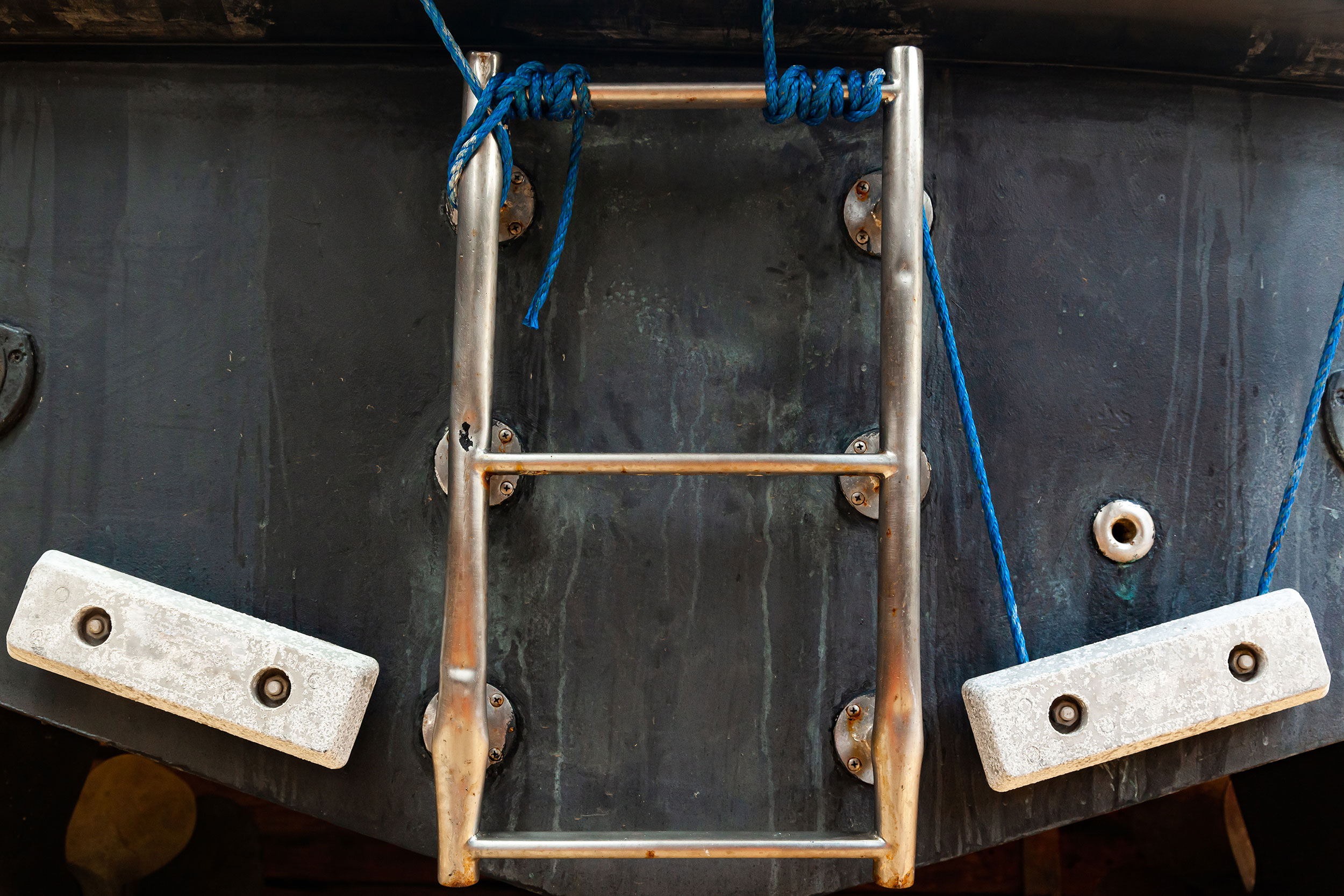
Image by ZHMURCHAK, Shutterstock
Anodes are made to corrode — or at least corrode faster than the other possibilities on your boat. So, it’s no surprise that replacing them is going to be high on the to-do list during the spring.
Anodes are most likely to be made of zinc, aluminum or magnesium, so what you buy to replace them will depend on what’s there in the first place. Check the outboards, sterndrives, propeller shafts and rudders for any that need to be replaced. And don’t forget to scope out the internal engine components, too, where pencil anodes might be found on some inboard cooling systems.
The expectation is that you’re going to be replacing them about once per season, after they’re about 50 percent depleted. That said, if you use your boat a lot or you’re in saltwater, you made be replacing them more often than seasonally.
Flagship recommendation: Martyr Anodes
Anodes need to maintain clean contact with the metal they’re protecting. That’s why corrosion (or paint) can impact their effectiveness. Martyr’s anode products have been around since the 1970s, with advanced alloys and casting techniques that make them a top-tier solution for boaters.
And it’s hard not to appreciate how on-point Martyr’s brand name is — particularly in a space where these products are made to be “sacrificial.”
2. Sealants and Adhesives
Boat sealants and adhesives can degrade during the chilly winter months, especially if they’re exposed to freezing temperatures, moisture, UV light, or temperature cycling. And this degradation can affect the integrity of the craft.
A good gelcoat sealant can lock out moisture and prevent blistering or cracks in the fiberglass, while you’ll also need to make sure that the seals around seams, joints and fittings didn’t fall victim to the seasonal temperature swings of Mother Nature — not to mention shielding yourself from costly repairs down the road.
Some sealants will need to provide an adhesive bond as well (often supported by mechanical fasteners), while others are used for sealing purposes only or to isolate one surface from another against electrolysis, vibration or noise. For a deep dive on sealants, take a look at this resource from West Marine.
Flagship recommendation: 3M’s 5200 Fast Cure Polyurethane Adhesive/Sealant
This high-performance weather-resistant adhesive creates an exceptionally strong, watertight seal both above and below the waterline. It boasts top-of-the-line strength and flexibility, making it ideal for permanent applications and versatile across both fiberglass and wood vessels, and well-positioned for hull-to-deck joints, underwater thru-hull fittings or sealing portholes.
3. Paint
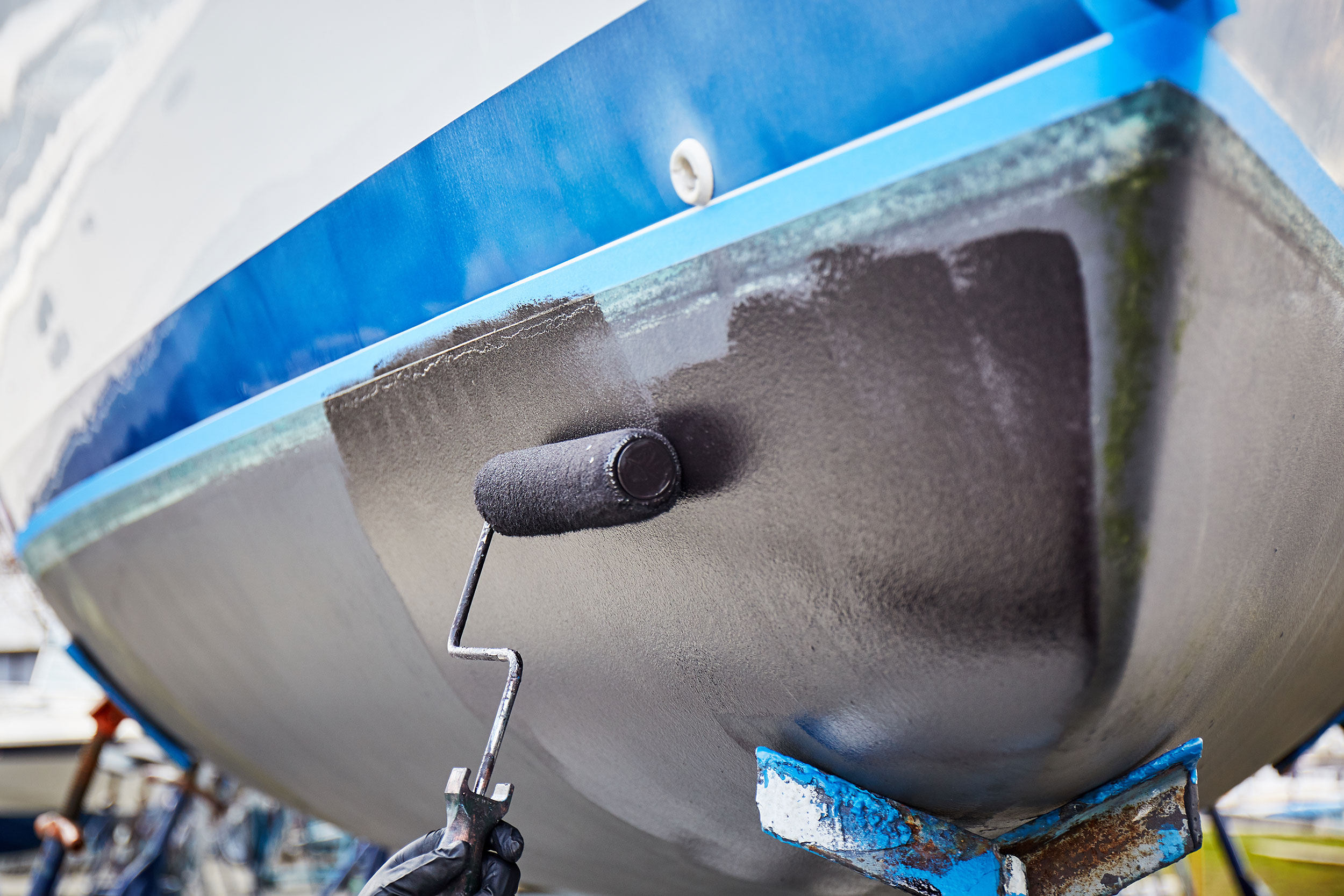
Image by Michal Urbanek, Shutterstock
A premium boat paint can serve several purposes, such as water resistance and corrosion control. But if that’s all you’re getting out of the paint layer you apply before getting the boat in the water, you’re missing out.
Boat paint should contain biocides that deter barnacles, algae and other organisms from attaching to the hull season-long. And, as the boat glides over the water, “self-polishing” formulations are designed to wear away, releasing fresh biocides and providing excellent protection with minimal paint buildup.
The proper boat paint truly delivers the trifecta of boat protection, enhancement and preservation.
Flagship recommendation: West Marine CPP Ablative Antifouling Paint with CCT
Formulated with CCT-Composite Copper Technology, this paint protects better than most while releasing 35 percent less copper into the environment. CPP boating paint is effective in salt or fresh water and is compatible with most previously painted surfaces in good condition.
West Marine suggests two or three coats per season to achieve the best performance.
4. Waxes
There’s no question that boaters want things to look good out on the water, and a premium boat wax applied ahead of the season helps to achieve that. That gloss and shine, coupled with making the boat surfaces easier to clean, are huge wins.
But boat wax has other functions, too, including extending the life of fiberglass, repelling water more efficiently and helping to prevent oxidation.
Most market recommendations are that a boat should be waxed once or twice a season, and coming off of winter is the perfect time to get your boat ready for its closeup.
Flagship recommendation: Collinite No. 925 Fiberglass Boat Wax
Pretty much the only reason not to use this boat wax is if you don’t have a fiberglass boat. As a paste wax, it does well to preserve the finish and look of the fiberglass by shielding it against outdoor corrosion, UV, stains, chalking, salt spray and marine growth.
It’s an easy-to-use wax (no hard buffing required) and delivers both a high-gloss shine and protection that you’ll appreciate throughout the season.
5. Fluids
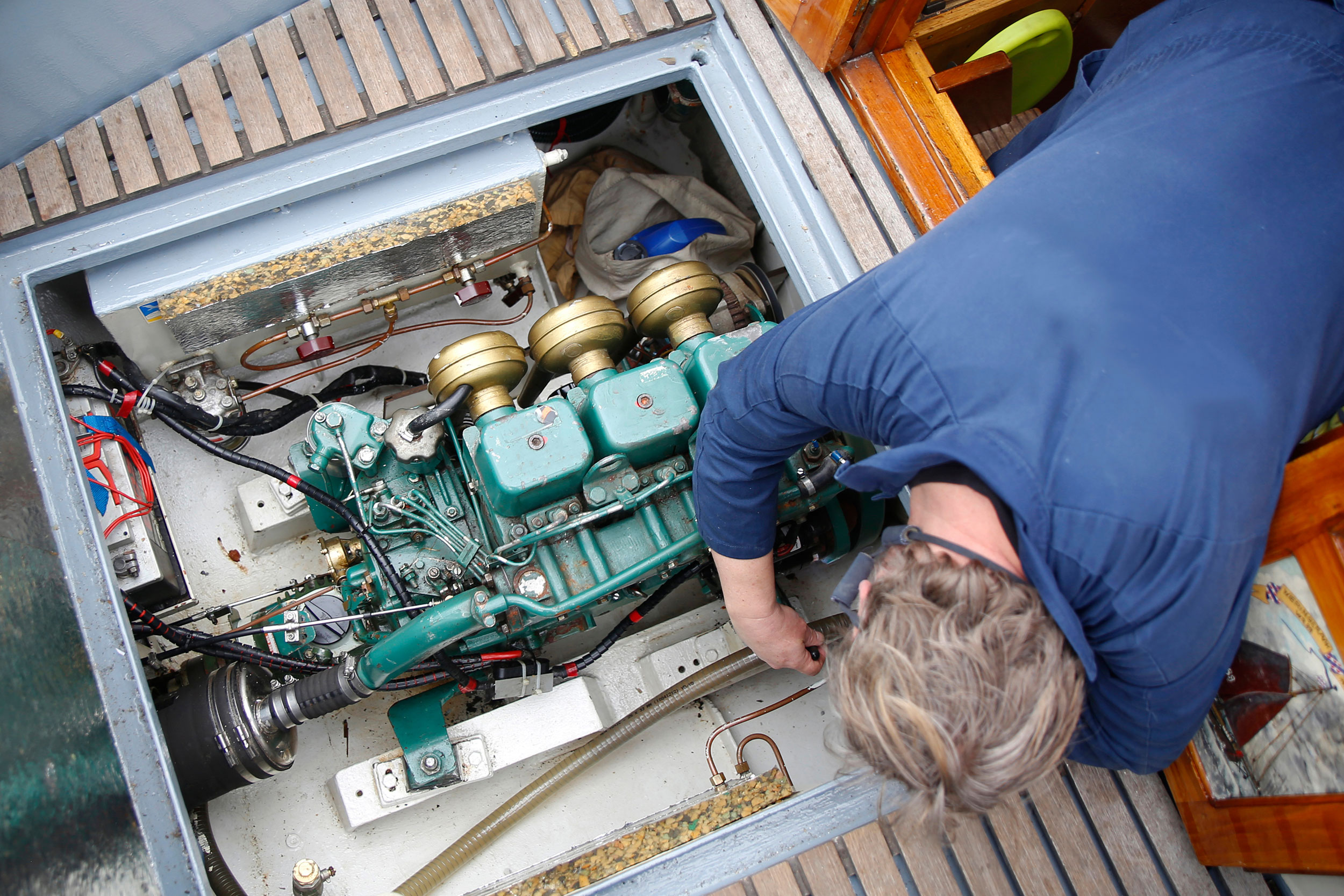
Image by corlaffra, Shutterstock
You never want to do anything that could impact your performance and safety on the water, so that means topping off things like your power trim and hydraulic steering fluids.
The right level of trim fluid is important to adjusting engine position, while lubricating internal components and protecting them against corrosion. Hydraulic steering fluids, on the other hand, are vital to effortless control of the rudder and reducing the amount of physical force required to steer the craft. If you’re in a saltwater environment, your fluids can also include anti-foaming and anti-corrosion additives.
Flagship recommendation: Mercury 858075K01 Power Trim and Steering Fluid
This universal option works in outboard and sterndrive applications, with very few exceptions. Mercury’s premium formula helps protect seals and hoses, while preventing foaming, oxidation and corrosion. It is recommended for applications requiring Type F transmission fluid.
Flagship recommendation: West Marine Premium Hydraulic Steering Fluid
While hydraulic steering fluids from brands like SeaStar or Panther are formulated for their specific systems, West Marine offers a more versatile option for any hydraulic steering system. This semi-synthetic formula utilizes premium low-temperature viscosity stabilizers, corrosion inhibitors and anti-wear ingredients designed for the corrosive marine environment. It meets ISO 15 specification and Mil-Spec H-5606C Standard.
6. Safety gear
There are lots of things that can degrade the look and material quality of safety gear such as life jackets (otherwise known as personal floatation devices, or PFDs). Moisture can lead to mold, which may break down fabrics and foam, weakening the jacket and potentially leading to skin irritation — not to mention pretty rank odors. Another threat is extensive exposure to ultraviolet rays, which can cause the fabric to fade, weaken and become brittle. This can even happen if a piece of safety gear is kept behind glass.
Depending on how life jackets are stored, they need to be inspected for potential rodent damage, or in the case of foam jackets that the materials have not become crushed, which affects their buoyancy.
Of course, PFD technology has changed a lot, with inflatable life jackets becoming a go-to choice for many boaters and PWC operators. Regardless of your preferred style, always be sure that your life jacket is U.S. Coast Guard approved.
Flagship recommendation: West Marine Inshore Automatic/Manual 24 Gram Inflatable PFD
This Inshore PFD automatically inflates upon immersion in water or when the wearer pulls the “Jerk to Inflate” handle — plus it’s equipped with back-up oral inflation. Its low profile is especially comfortable, ensuring safety even if you barely realize you’re even wearing it. Since this style isn’t bulky or constricting, it keeps you cool on even those scorching days.
This PFD is made for people 16 years and older who weigh more than 80 pounds. It has a soft neoprene neckline, and its protective cover is constructed with heavy duty nylon ripstop and nylon oxford fabrics.
7. Trailering
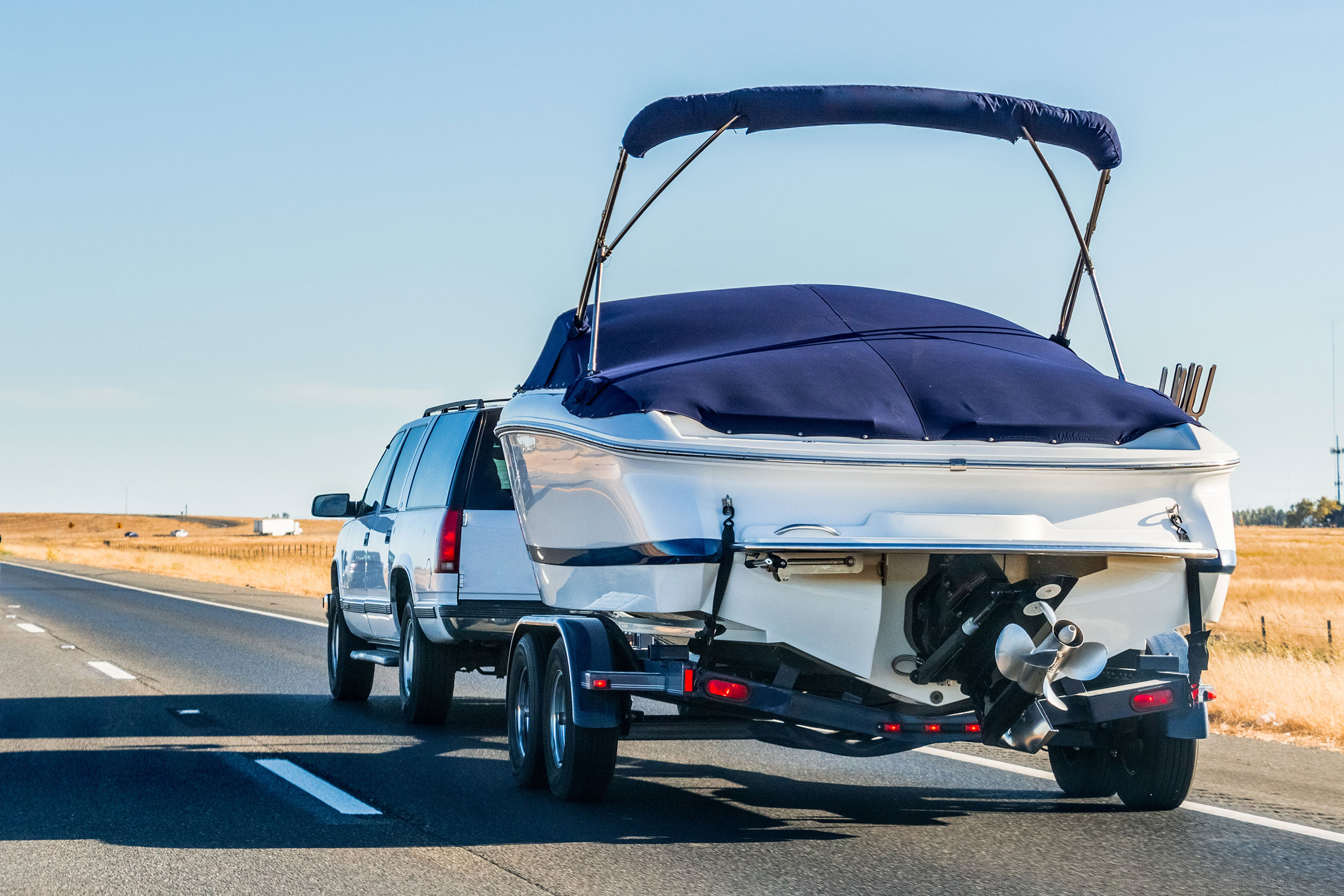
Image by Sundry Photography, Shutterstock
From its wheel bearings and brakes to the functionality of its lights, a trailer needs to be in tip-top shape going into the boating season. Outdoor activities tend to gather dirt, dust, and other corrosive agents, and any of those things can have an adverse impact on both the capabilities and safety of your trailer (whether you’re in the midst of hauling your boat or not).
Best of all, with some cleaning and regular maintenance, none of these potential trouble spots could grow into crisis situations, allowing you to spend more time having fun on the water instead of perched next to the trailer with a toolbox at arm’s reach.
Flagship recommendation: C E Smith Trailer Hub Kit
A hub kit is essential to allow wheels to rotate smoothly around a fixed axle, thus maintaining the stability, safety and performance of the wheel assembly.
C E Smith’s Hub Kit comes fully assembled with pre-greased bearing, which cuts down on the mess and makes final installation on to the axle much easier. It is available for 12-inch or 14-inch wheels and includes a carrying case, dust cap and lugs.
Wrapup
No one wants the best parts of the boating season interrupted with maintenance issues that were entirely preventable with a little extra care and consideration. Plus, good spring boat preparation means that you and your friends and family will be safe all season long on the water, while protecting the longevity of your investment.
Check out the full selection of spring boat prep materials at WestMarine.com.
This article was funded by and published on behalf of West Marine.
Ryan Tipps is Managing Editor for ActionHub. He lives near a resort lake along the Blue Ridge Mountains, is an avid hiker, backpacker and trail runner and has been a part of the wilderness search and rescue community since 2005.
 Your Privacy Choices
Your Privacy Choices
